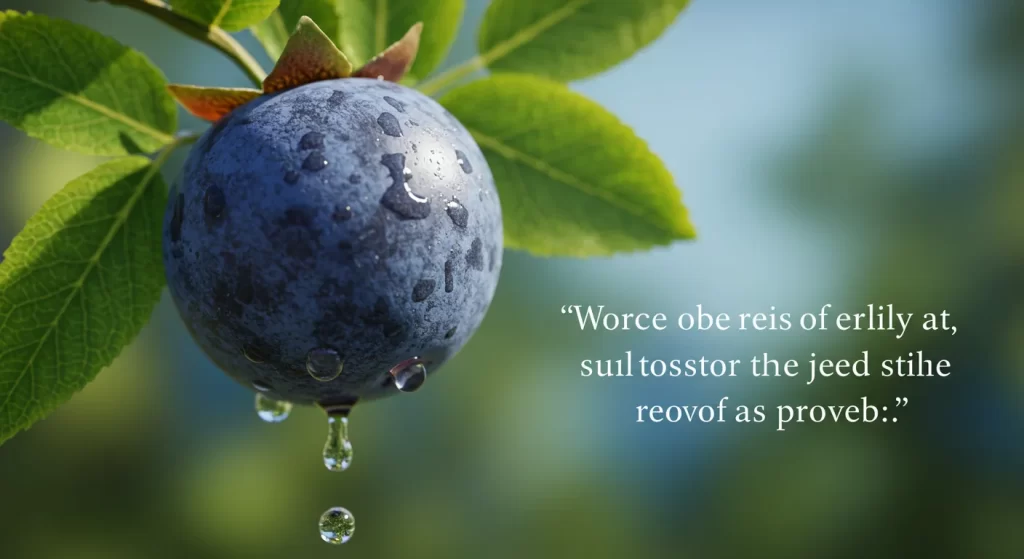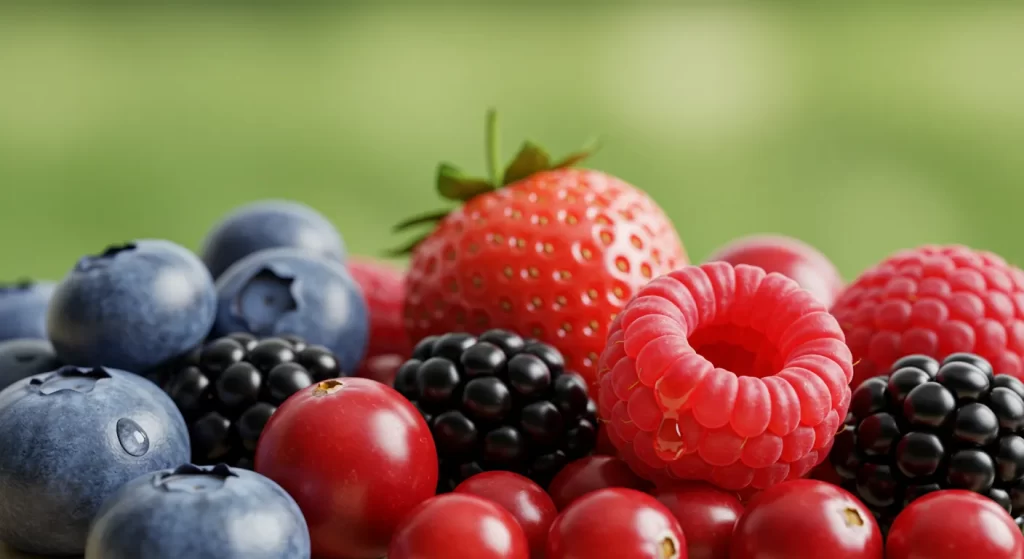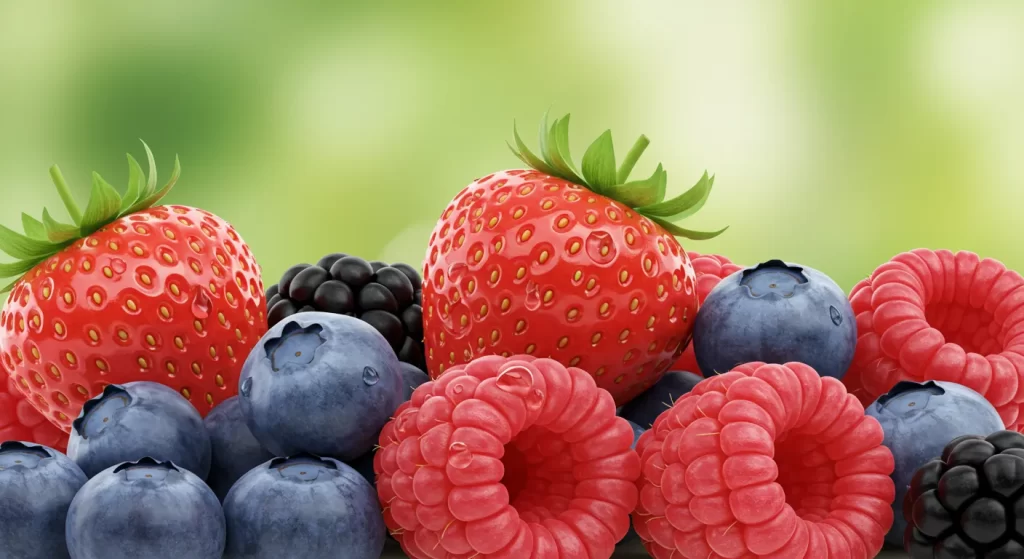Table of Contents
The phrase “the darker the berry the sweeter the juice” has been a prominent part of African American culture for decades. Widely regarded as an affirmation of beauty and strength, this saying has transcended its origins to become a symbol of empowerment and resistance against racial discrimination.
Rooted in the Black community’s historical struggle with colourism and systemic biases, it carries profound cultural, social, and literary meanings. This article delves into the significance of the phrase and its lasting impact on African American identity, literature, and contemporary discussions about race.
Origins and Cultural Significance
The African American Context
The saying, “the darker the berry the sweeter the juice,” has strong roots in the African American community. It serves as a metaphor for resilience and inner beauty, particularly in the context of skin color. Historically, this phrase has been a tool for empowerment, celebrating the richness and diversity of dark skin tones, often marginalized in society.
Global Interpretations
Globally, this expression takes on various cultural meanings. In many cultures, it symbolizes the idea that value and quality are not always apparent on the surface. It’s a reminder that what’s beneath the surface often holds greater significance.
Read also: If You Unblock a Number, Will You Receive Old Texts

The Darker the Berry the Sweeter the Juice Meaning in all Languages
| Language | Translation |
|---|---|
| English | The darker the berry, the sweeter the juice |
| Spanish | Cuanto más oscuro el fruto, más dulce el jugo |
| French | Plus le fruit est sombre, plus le jus est sucré |
| German | Je dunkler die Beere, desto süßer der Saft |
| Italian | Più scura è la bacca, più dolce è il succo |
| Portuguese | Quanto mais escura a fruta, mais doce o suco |
| Russian | Чем темнее ягода, тем сладкий сок |
| Chinese | 水果越黑,果汁越甜 |
| Japanese | 実が黒ければ黒いほど、ジュースは甘い |
| Arabic | كلما كانت الثمرة أغمق، كلما كانت أحلى |
| Hindi | जितनी अधिक गहरी बेरी, उतना ही मीठा रस |
The Literal and Figurative Meaning
The Scientific Perspective
From a botanical standpoint, there is truth to the phrase. Many fruits, like berries, become sweeter and richer in flavor as they ripen and darken. This change is due to the natural sugars developing over time.
Beyond the Literal – A Deeper Understanding
Figuratively, the saying represents a broader truth. It suggests that depth, whether in experiences, people, or challenges, often leads to richer, more rewarding outcomes. It’s a metaphor for the beauty and value found in depth and complexity.
Relevance in Today’s Society

Celebrating Diversity
In today’s world, where diversity and inclusion are increasingly celebrated, the phrase “the darker the berry the sweeter the juice” resonates as a powerful affirmation of beauty in diversity. It challenges societal norms and beauty standards, promoting a more inclusive understanding of beauty.
Overcoming Adversity
The saying also symbolizes the resilience required to overcome adversity. It speaks to the strength and sweetness born from life’s challenges, reminding us that the toughest experiences often lead to the most rewarding outcomes.
The Phrase in Literature and Arts
Literary Significance
In literature, this phrase has been used to convey deeper themes of resilience, beauty, and strength. It appears in various works, from poetry to novels, often symbolizing the triumph of the human spirit.
Representation in the Arts
In the arts, this adage inspires works that celebrate dark skin tones, challenge stereotypes, and portray the rich diversity of the human experience.
Impact on Modern Culture and Media
Influence in Music and Films
The entertainment industry, especially music and films, has embraced this saying, using it to deliver powerful messages about identity and self-acceptance. It’s a recurring theme in songs and movies, particularly those focusing on empowerment and social justice.
Social Media and Digital Platforms

On social media, the phrase “the darker the berry the sweeter the juice” has found new life as a hashtag and a statement of pride. Digital platforms have enabled people from various backgrounds to share their stories and embrace their identities, using this saying as a rallying cry for self-love and acceptance.
Educational and Social Implications
Teaching Cultural Awareness
This saying is also a valuable tool in education, used to teach cultural awareness and history. It provides a gateway to discussions about diversity, prejudice, and the beauty of different backgrounds.
Social Movements
In social movements, particularly those advocating for racial equality and justice, “the darker the berry the sweeter the juice” serves as a powerful metaphor. It encapsulates the struggles and triumphs of marginalized communities, promoting a message of strength and beauty in diversity.
Personal Reflections and Stories
Individual Experiences
The saying resonates on a personal level for many. People from various walks of life share how this phrase has influenced their perception of beauty, identity, and self-worth.
Inspiring Personal Growth
Beyond its communal implications, the saying also inspires personal growth. It encourages individuals to find beauty in their complexities and to appreciate the depth of their experiences.
Final Words
The phrase “the darker the berry, the sweeter the juice” encapsulates a powerful message of self-empowerment, beauty, and resistance. It holds deep cultural, social, and literary significance, celebrating the beauty of darker skin tones while challenging the pervasive biases of colourism and racial discrimination. As both a symbol and a metaphor, it continues to shape conversations around race, identity, and beauty, urging individuals to embrace their heritage and stand proudly in their skin.




